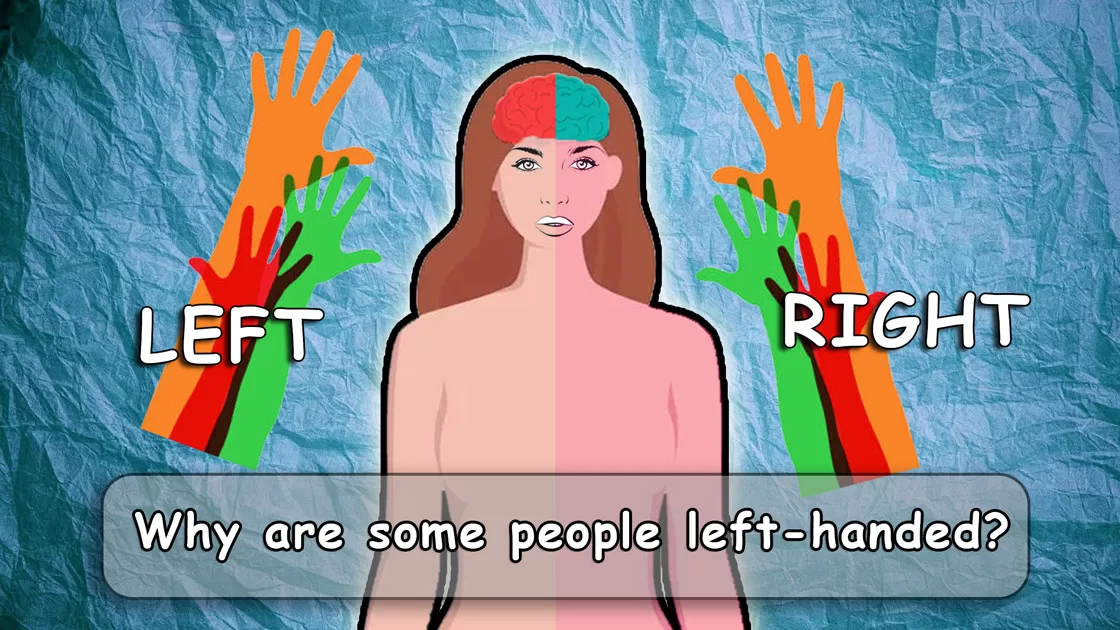
Just why one in 10 people favour their left hand is a mystery. A straightforward genetic link hasn’t been proven, and it is possible for two right-handed parents to have a left-handed child. Theories include: Genes – perhaps genetic factors predispose a child to favour the right hand.
With just 10% of the population being left-handed, it can be easy for everyone else to forget we’re living in a right-handed world. But aside from making it tough to cut a straight line with a pair of scissors designed for righties, being a southpaw can also have some subtle effects on our physical and mental health.
Researchers who study human hand preference agree that the side of the preferred hand (right versus left) is produced by biological and, most likely, genetic causes. The two most widely published genetic theories of human hand preference argue that evolutionary natural selection produced a majority of individuals with speech and language control in the left hemisphere of the brain. Because the left hemisphere also controls the movements of the right hand–and notably the movements needed to produce written language–millennia of evolutionary development resulted in a population of humans that is biased genetically toward individuals with left hemisphere speech/language and right-hand preference. Approximately 90 percent of people are right-handed. These theories also try to explain the persistent and continuing presence of a left-handed minority (about 10 percent of humans).
Is handedness determined by genetics?
Like most aspects of human traits, handedness is complex and appears to be influenced by multiple factors, including genetics and environment.
Hand preference becomes increasingly apparent in early childhood and tends to be consistent throughout life. However, little is known about its biological basis. Hand preference probably arises as part of the developmental process that differentiates the right and left sides of the body (called right-left asymmetry). More specifically, handedness appears to be related to differences between the right and left halves of the brain. The right hemisphere controls movement on the left side of the body, while the left hemisphere controls movement on the right side of the body.
It was initially thought that a single gene controlled handedness. However, more recent studies suggest that multiple genes, perhaps up to 40, contribute to this trait. Each of these genes likely has a weak effect by itself, but together they play a significant role in establishing hand preference. Studies suggest that at least some of these genes help determine the overall right-left asymmetry of the body starting in the earliest stages of development. So far, researchers have identified only a few of the many genes thought to influence handedness. Studies suggest that other factors also contribute to handedness. The prenatal environment and cultural influences may play a role.
Like many complex traits, handedness does not have a simple pattern of inheritance. Children of left-handed parents are more likely to be left-handed than are children of right-handed parents. However, because the overall chance of being left-handed is relatively low, most children of left-handed parents are right-handed. Identical twins are more likely than non-identical twins (or other siblings) to both be right-handed or left-handed, but many twins have opposite hand preferences.
It’s linked to stress in pregnancy
In one British study, the fetuses of super-stressed pregnant women were more likely to touch their faces more with their left hands than their right. This could be the first signs of a left-handed child, say the researchers. Other evidence supports that theory. In one 2008 Swedish study of moms and their 5-year-old children, women who were depressed or stressed during their pregnancies were more likely to have mixed- or left-handed kids. In other studies, babies with low birth weight, or born to older mothers, were more likely to be lefties as well.